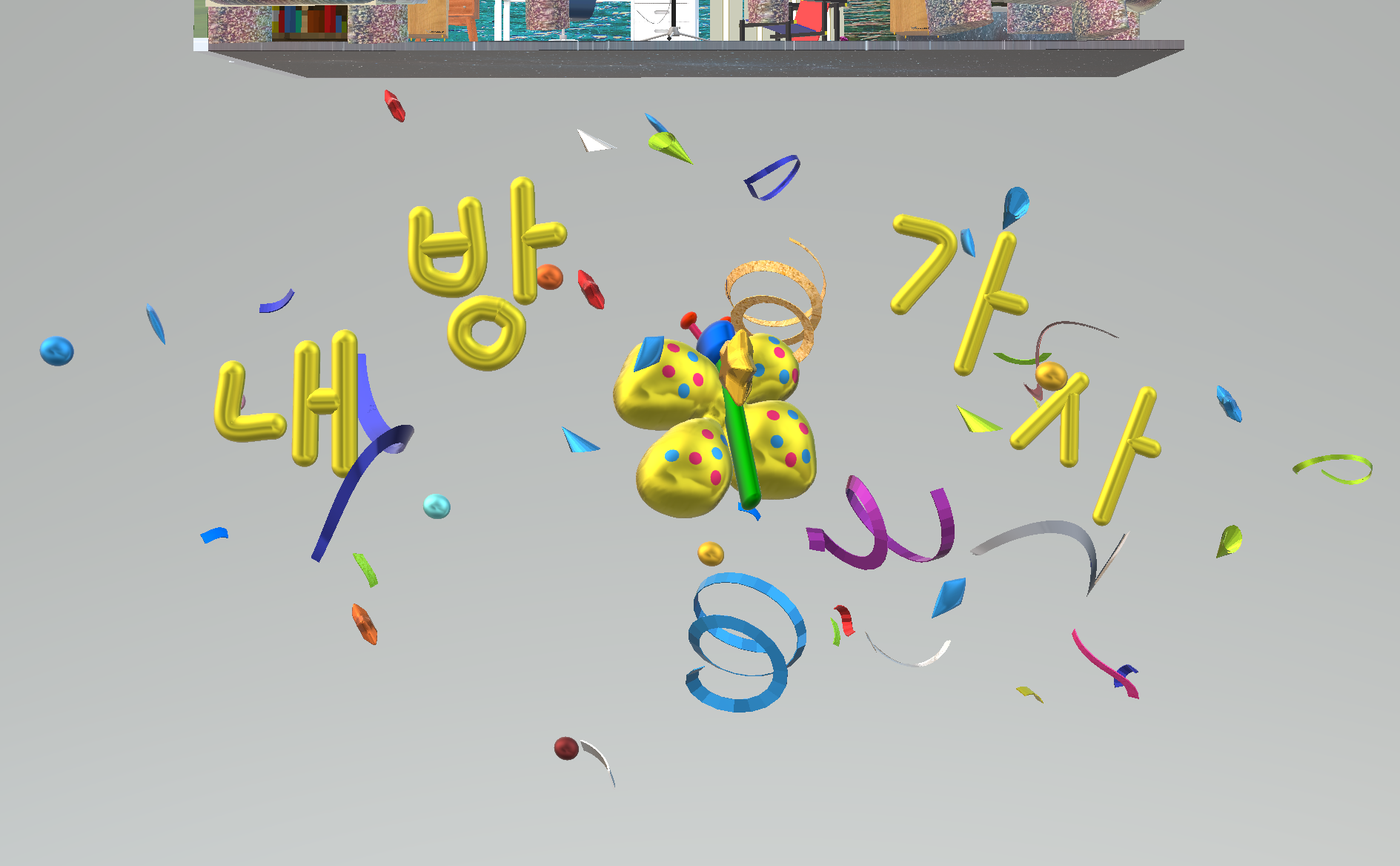Exploring a Room of Own's Own & 내방 가사
Naebang kasa (내방 가사), or “songs of the inner rooms,” refers to domestic poetry written by Korean women during the Joseon Dynasty (1392–1897). The inner rooms refer to the women’s quarters in a traditional Korean house. While women of means had the time, space, and education to write poetry, their writing was confined to the privacy of their rooms. Learning about naebang kasa made me think about my own literary activities as a Korean-American poet working against and with a persistent, omnipresent sense of being silenced by something or someone (perhaps imperialist white supremacist capitalist heteropatriarchy?).
While reflecting on rooms and how much time I spend trapped in my room (both voluntarily and not), I thought about “A Room of One’s Own,” Virginia Woolf’s essay and lecture exploring how women can become writers and cultivate their literary voices. Woolf says that in order for a woman to have a fair shot as a writer, she needs to have a room of her own (preferably a very quiet, sound-proof one) and money.
I’m in my first semester of a 2-year funded MFA program in poetry with the Literary Arts department at Brown. I have the time and enough money to focus on my writing. To my great disappointment, I have yet to find a quiet room of my own--a place where I can find the ever elusive “voice.”
In Korean, 내방 is homonym and homophone for “my room.” With this in mind, I attempted to create a fictional room of my own, one filled with necessary fuel for writing. While the room itself is quiet, its contents are ingredients for writing and even singing, or performing for an audience. The room isn’t a physical space and is an aspirational space that falls short. It’s not quite a room of my own, but it’s a room that allows me to play with the possibility of finding one eventually.



